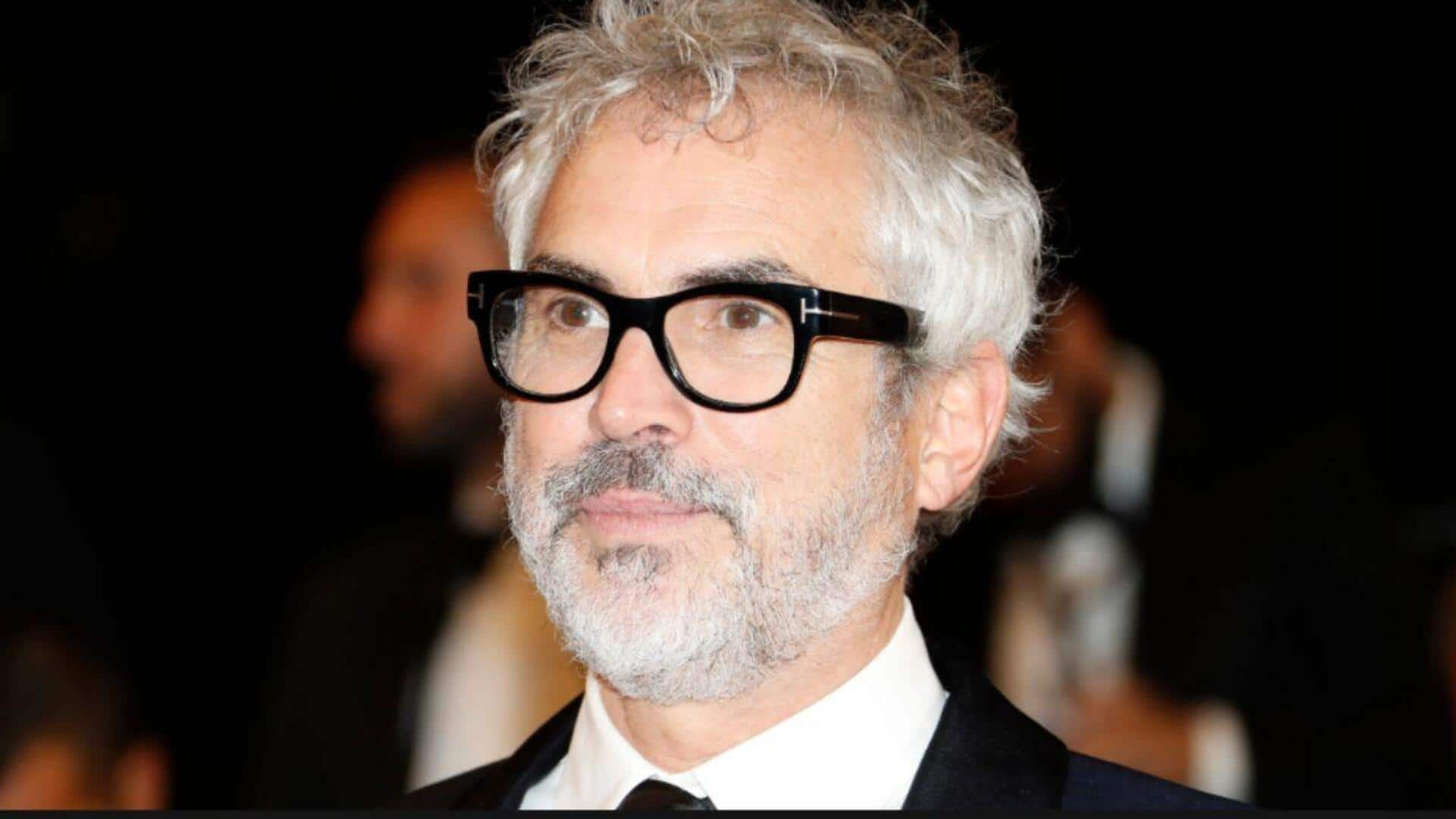
Why every filmmaker should learn from Alfonso Cuarón's storytelling style
What's the story
Alfonso Cuaron is a filmmaker who has redefined the way we look at cinema with his unique storytelling and visual style. From immersive narratives to stunning visuals, Cuaron's films have a way of making you feel like you're a part of the story. Here's a look at some of the most important aspects of Cuaron's cinematic style that have made him one of the greatest filmmakers of our time.
#1
Mastery of long takes
Cuaron's use of long takes is one of the most distinctive features of his filmmaking style. By using extended shots, he gives audiences a chance to immerse themselves in the story, and experience the emotions and actions without interruption. This technique can be seen in films like Children of Men and Roma, where long takes are used to create tension and intimacy.
#2
Realism through detail
Another hallmark of Cuaron's work is his attention to detail. He meticulously crafts every scene, ensuring that each element contributes to the overall narrative. This dedication to realism allows viewers to connect more deeply with the characters and settings. In Gravity, for instance, the realistic portrayal of space was achieved through careful attention to detail in both visual effects and sound design.
#3
Emotional depth in storytelling
Cuaron has a knack for weaving complex emotional narratives that resonate with audiences on multiple levels. His characters are often flawed yet relatable individuals grappling with personal challenges or societal issues. This emotional depth adds layers to his stories, making them not just visually stunning but also profoundly moving experiences.
#4
Innovative use of color and sound
In addition to his visual storytelling techniques, Cuaron also plays with color and sound to create immersive experiences for viewers. He uses color palettes to evoke certain moods or themes in his films, while using sound design as an integral part of storytelling. For example, in Roma, he used black-and-white cinematography combined with naturalistic soundscapes to enhance its nostalgic yet poignant atmosphere.